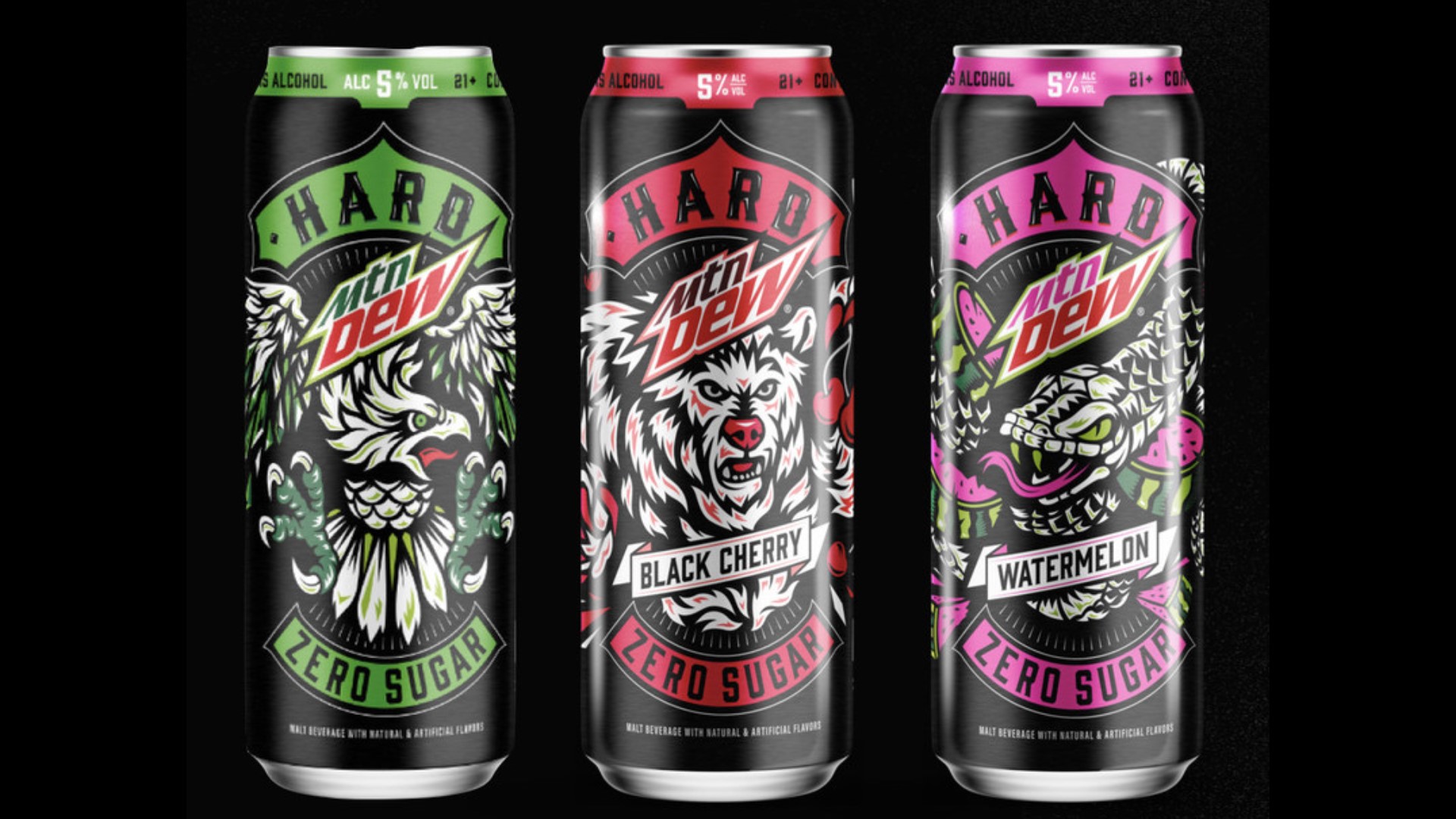

Historically, the U.S Food and Drug Administration (FDA) has regulated caffeine-containing soft drinks as foods. The history of the regulation of caffeine containing beverages in the U.S serves as an illustrative example of the complexity of the regulatory issues involved in their sale, use, and promotion. Norway restricts the sale of Red Bull to pharmacies, while France (until recently) and Denmark have prohibited the sale of Red Bull altogether ( Ari Kapner, 2004). The European Union requires that energy drinks have a “high caffeine content” label ( European Union, 2007) and Canada requires labels indicating that Red Bull should not be mixed with alcohol and that maximum daily consumption not exceed two 8.3 oz. Nonetheless, several countries have enacted measures to regulate the labeling, distribution, and sale of energy drinks that contain significant quantities of caffeine. The regulation of beverages to which caffeine is added has been challenging, partly because of the widespread and long-term use of beverages such as coffee and tea in which caffeine is a natural constituent.

#Redline energy drink company near me full#
Although the full impact of the rise in popularity of energy drinks has yet to be realized, the potential for adverse health consequences should be considered and may be cause for preemptive regulatory action. The acute and long-term effects resulting from excessive and chronic consumption of these additives alone and in combination with caffeine are not fully known. The main active ingredient in energy drinks is caffeine, although other substances such as taurine, riboflavin, pyridoxine, nicotinamide, other B vitamins, and various herbal derivatives are also present ( Aranda and Morlock, 2006). For comparison, the caffeine content of a 6 ounce cup of brewed coffee varies from 77 to 150 mg ( Griffiths et al., 2003). These drinks vary widely in both caffeine content, (ranging from 50 to 505 mg per can or bottle) and caffeine concentration (ranging from 2.5 to 171 mg per fluid ounce) ( Table 1). retail market value for energy drinks (from all sources) was estimated to be $5.4 billion in 2006 and has shown a similar annual growth rate over this same period (47%)( Packaged Facts, 2007). From 2002 to 2006, the average annual growth rate in energy drink sales was 55% ( Packaged Facts, 2007) ( Figure 1). in the 12-month period ending July 2007 ( Packaged Facts, 2007). in 1997 sparked the more recent trend toward aggressive marketing of high caffeine content “energy drinks.” Since its inception, the energy drink market has grown exponentially, with nearly 500 new brands launched worldwide in 2006 ( Johnson, 2006), and 200 new brands launched in the U.S. Although “energy drinks” first appeared in Europe and Asia in the 1960s, the introduction of “Red Bull” in Austria in 1987 and in the U.S. leading the world in total volume sales ( Zenith International, 2007). In 2006, annual worldwide energy drink consumption increased 17% from the previous year to 906 million gallons, with Thailand leading the world in energy drink consumption per person, but the U.S. Regulatory implications concerning labeling and advertising, and the clinical implications for children and adolescents are discussed.

Several studies suggest that energy drinks may serve as a gateway to other forms of drug dependence. The combined use of caffeine and alcohol is increasing sharply, and studies suggest that such combined use may increase the rate of alcohol-related injury. Genetic factors may also contribute to an individual’s vulnerability to caffeine related disorders including caffeine intoxication, dependence, and withdrawal. In children and adolescents who are not habitual caffeine users, vulnerability to caffeine intoxication may be markedly increased due to an absence of pharmacological tolerance. There are increasing reports of caffeine intoxication from energy drinks, and it seems likely that problems with caffeine dependence and withdrawal will also increase. The absence of regulatory oversight has resulted in aggressive marketing of energy drinks, targeted primarily toward young males, for psychoactive, performance-enhancing and stimulant drug effects. Regulation of energy drinks, including content labeling and health warnings differs across countries, with some of the most lax regulatory requirements in the U.S. Hundreds of different brands are now marketed, with caffeine content ranging from a modest 50 mg to an alarming 505 mg per can or bottle. Since the introduction of Red Bull in Austria in 1987 and in the United States in 1997, the energy drink market has grown exponentially.


 0 kommentar(er)
0 kommentar(er)
